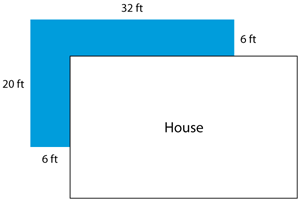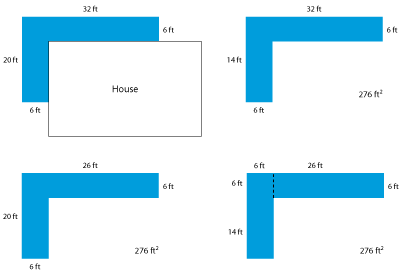According to a study conducted by the GED® Testing Service of actual GED® Test candidates, the candidates who do not pass the GED test of mathematics – both those who are close to passing and those who failed miserably – consistently miss the same types of questions and are selecting the same wrong answers.
The most often missed GED Math questions are:
- Geometry questions
- Pythagorean theorem
- Area with partitioning
- Area with variables
- Angles and parallel lines split by transversal
- Comparing areas and volumes
- Calculation questions
- Percentage
- Ordering numbers least to greatest or greatest to least
- Negative exponents
- Square roots
How can you help your students do better on the GED math test? Practice, practice, practice! Take the first 5-10 minutes of each class and have them complete a daily worksheet that addresses one of the five problem types listed above. This daily repetition will build their skills and help them score higher on the test.
Here is an example for you:
Directions: Find the area of the shaded flower garden represented in the drawing below.

Many students struggle with questions that pertain to area and perimeter. First, students must be taught that any geometric figure on the GED Test that is shaded represents an area problem, and any geometric figure on the GED test that is outlined represents a perimeter or circumference problem.
Once students recognize this distinction, the next step is knowing which formula to use.
I have learned that partitioning doesn’t come easy to everyone. In this instance, you’ll want to have students practice dividing the shaded shape into partitions that accommodate the Area =Length X Width formula. You will find that your learners respond with varying partitioning options seen below, and all of them are correct.

What you can do to help them practice:
- Draw several similar diagrams with varying measurements on an 8.5” x 11” sheet of paper.
- Make 100 copies and insert these worksheets into a file folder.
- Instruct students to complete one sheet from this folder every week.
Create an activity like this for each of the most commonly missed questions and rotate them to keep the lessons fresh. This will ensure you touch on the questions your learners need the most help with.
If you would like more information on how to help your students conquer the most often missed questions on the GED test of mathematics, watch the webinar, “Raise Your GED Passing Rate: The Most Often Missed Questions on the GED Test of mathematics.”






